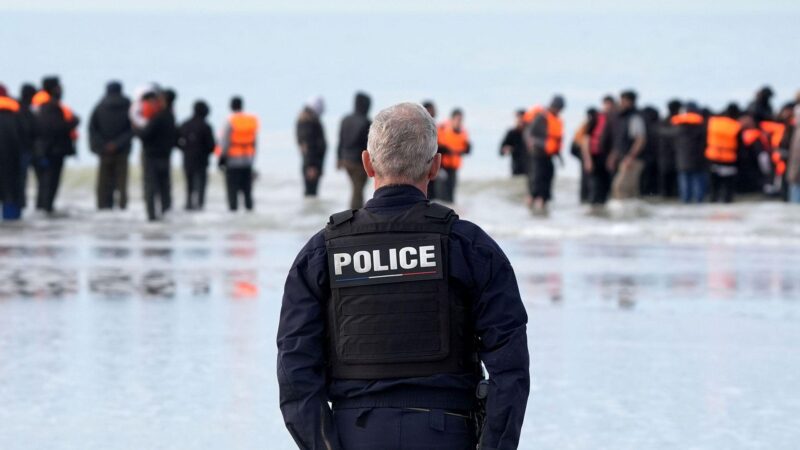“Understanding the Allegations Against Yemen’s Houthis for Red Sea Cable Disruptions”

In the vast expanse of the world’s oceans lies a hidden network that powers the global economy and facilitates communication on an unprecedented scale. Undersea telecommunications cables, often overlooked by the general public, play a pivotal role in connecting continents and ensuring the seamless flow of data across vast distances. However, recent events in the Red Sea have shed light on the vulnerabilities of this critical infrastructure, raising questions about its security and resilience.
The Backbone of Global Communication
At the heart of the modern digital age lies the intricate web of undersea cables that crisscross the ocean floor. These cables, composed of fiber-optic strands capable of transmitting data at nearly the speed of light, serve as the backbone of global communication networks. From sending emails to streaming videos, much of the world’s internet traffic relies on these subsea conduits to reach its destination.
The Red Sea: A Critical Link in the Chain
Among the many underwater cable routes scattered across the globe, the Red Sea stands out as a vital conduit for international internet data traffic. Stretching from the shores of East Africa to the Arabian Peninsula, this strategic waterway hosts sixteen fiber optic cables, accounting for a significant portion of the world’s data transmission capacity. However, recent disruptions in the region have highlighted the fragility of this crucial link in the global communication chain.
The Vulnerability of Undersea Cables
Despite their importance, undersea cables are vulnerable to a variety of threats, both natural and man-made. Damage caused by ship anchors, seismic activity, and even deliberate sabotage can disrupt communication networks and wreak havoc on the global economy. As such, ensuring the security and resilience of undersea cable infrastructure has become a top priority for governments and telecommunications companies around the world.
The Red Sea Cable Disruption: Unraveling the Mystery
In recent days, the Red Sea has been thrust into the spotlight following reports of undersea cable disruptions that have disrupted 25 percent of data traffic between Asia and Europe. While initial investigations point to the possibility of accidental damage caused by dragging anchors, suspicions of sabotage have not been ruled out. The stakes are high, as any disruption to the flow of data through the Red Sea could have far-reaching implications for global communication networks.

The Role of the Houthis: Accusations and Denials
Amidst the turmoil, accusations have been leveled against Yemen’s Houthis, who have been accused of targeting undersea cables in the past. However, the group has vehemently denied responsibility for the recent disruptions, citing geopolitical tensions and ongoing conflicts in the region. Nonetheless, concerns remain high, as the Red Sea has become a hotbed of activity for various armed groups and state actors vying for control of this critical maritime corridor.
Protecting Critical Infrastructure: Challenges and Solutions
As the world becomes increasingly reliant on digital communication networks, protecting critical infrastructure such as undersea cables has become a matter of national security. From deploying advanced surveillance technology to implementing strict regulations on maritime activities, governments and telecommunications companies are exploring a range of solutions to safeguard these vital lifelines against potential threats.
Looking to the Future
As the investigation into the Red Sea cable disruptions continues, the incident serves as a stark reminder of the vulnerabilities inherent in our interconnected world. While undersea cables have revolutionized global communication, they also represent a potential point of vulnerability that must be addressed. By investing in robust security measures and international cooperation, we can ensure that the world remains connected, even in the face of adversity.
Also Read
Becoming a Real Estate Agent in South Africa: A Step-by-Step Guide
India approves rice exports to Africa as part of efforts to engage with the Global South.






